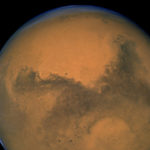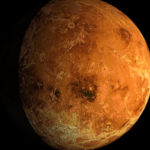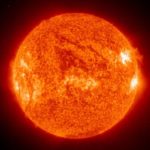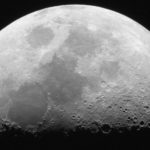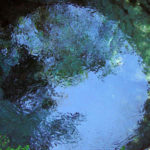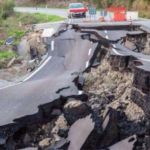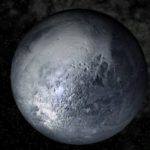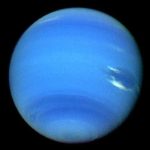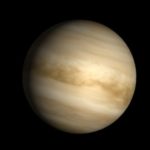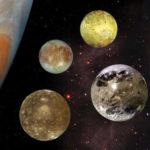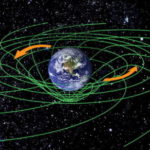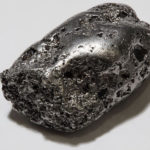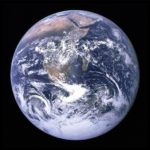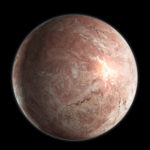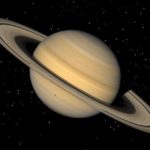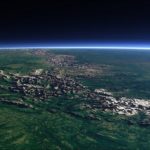Interesting facts about the structure of the Earth
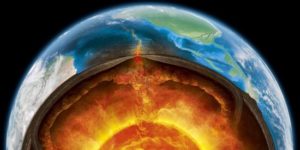 The Earth is our cradle, but we still know so little about how our own planet works … Of course, modern scientists know much more than their colleagues a couple of hundred years ago, but to this day, the Earth still harbors yourself a lot of mysteries.
The Earth is our cradle, but we still know so little about how our own planet works … Of course, modern scientists know much more than their colleagues a couple of hundred years ago, but to this day, the Earth still harbors yourself a lot of mysteries.
The earth’s core, consisting mainly of iron and nickel, has a diameter of about 2.5 thousand km.
Of course, no one has yet had a chance to see the structure of the Earth with their own eyes – the layers were determined theoretically, according to the propagation of waves from earthquakes.
The average density of the planet is 5515 kilograms per cubic meter.
The mantle, which extends to a depth of 2,890 kilometers, is the thickest of the layers of the Earth.
The thickness of the earth’s crust on different parts of the planet varies from 5 to 70 kilometers. The thinnest areas of the crust are at the bottom of the oceans and consist mainly of basalt.
At the end of the 17th century, Halley proposed the concept of the structure of the Earth, according to which there is a void inside the planet. In his opinion, the Earth is a hollow ball of solid matter about 500 miles thick, inside of which there are two concentric shells and a core. The sizes of each of them are comparable with Venus, Mars and Mercury, respectively. Modern geophysics has proven the complete failure of the ideas of Halley.
The thickness of the outer core exceeds 2260 km. The boundary between it and the mantle is 2890 km from the surface of the planet, and the transition between the two cores is located at a depth of 5150 km.
The outer core of the planet is incredibly hot – its temperature ranges from 4400 to 6100 degrees Celsius.
The outer core has the same composition as the inner core, but due to the lack of pressure it is in a liquid state. It also contains a small amount of sulfur and oxygen.
Thanks to the liquid core, the Earth has a magnetic field, without which life on the planet would be impossible. It extends several thousand kilometers into space, protecting the Earth and its inhabitants from the solar wind.
